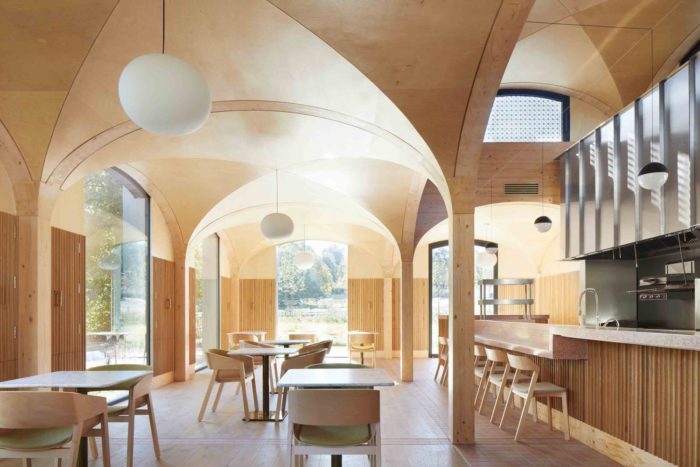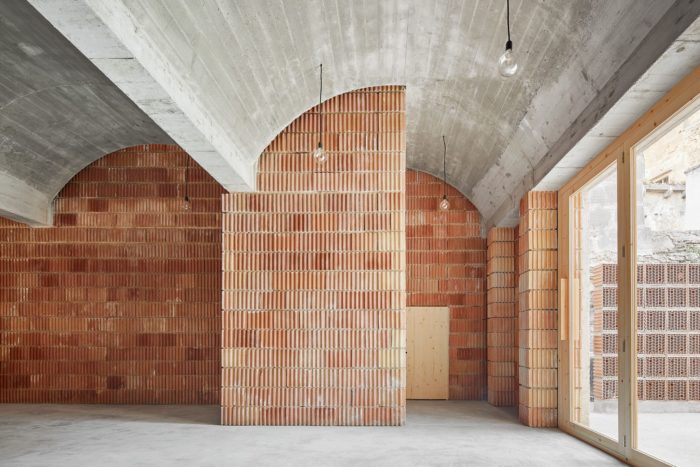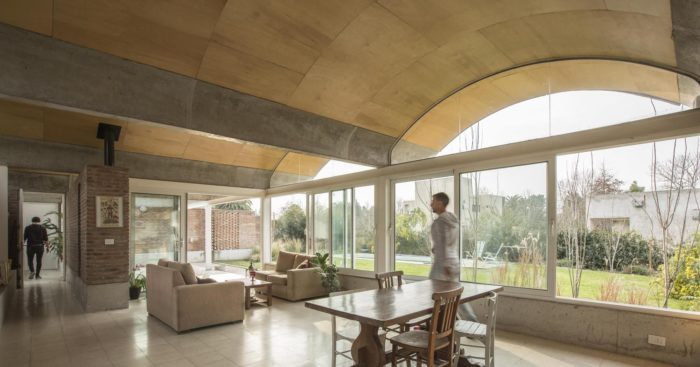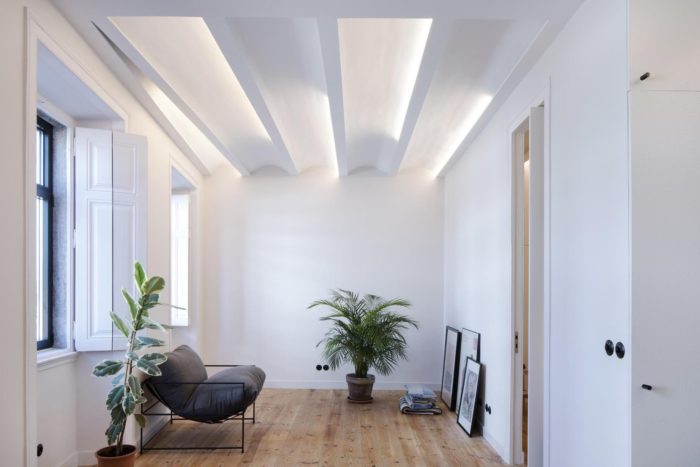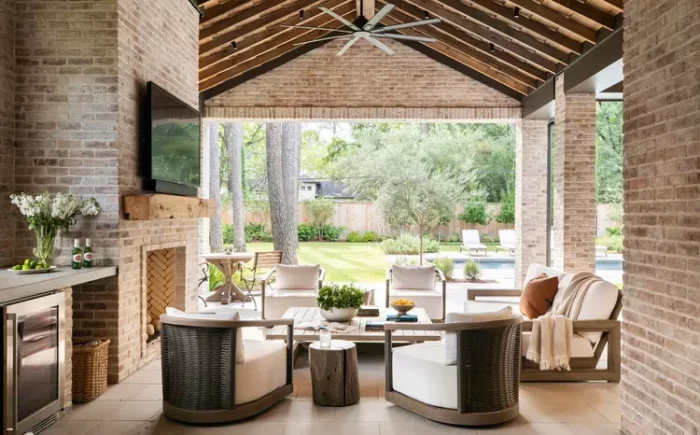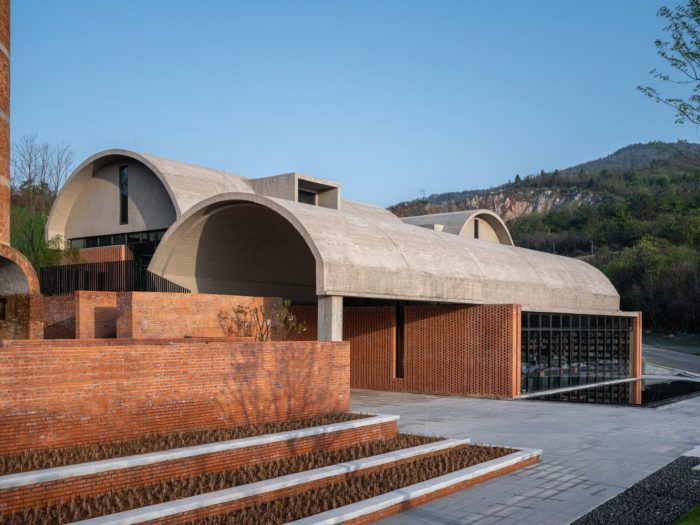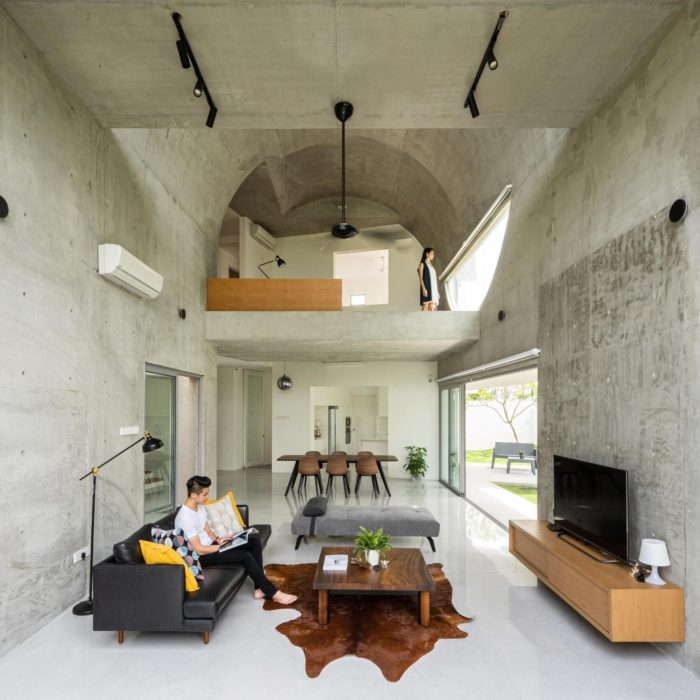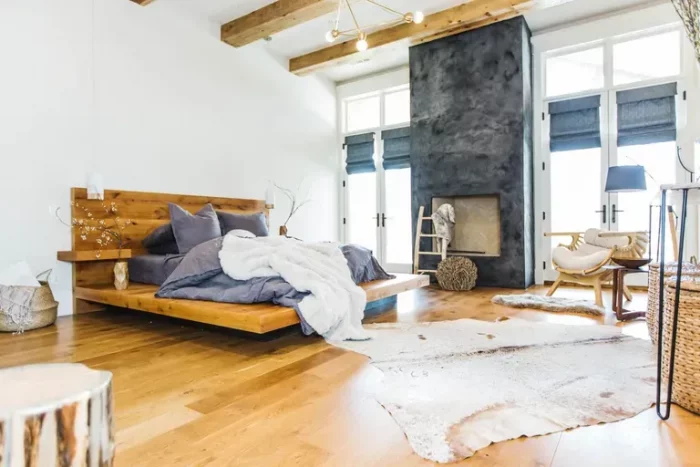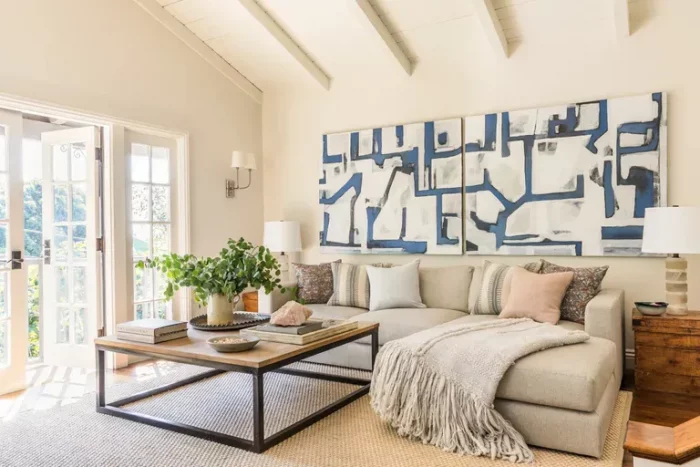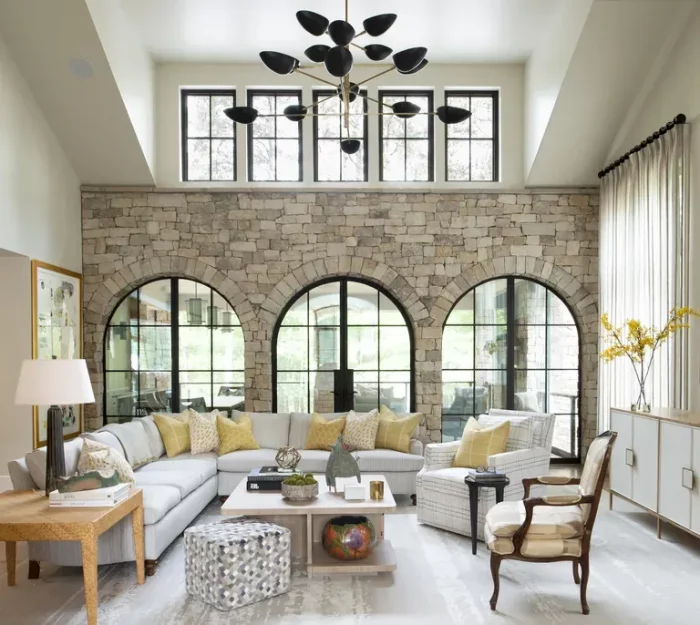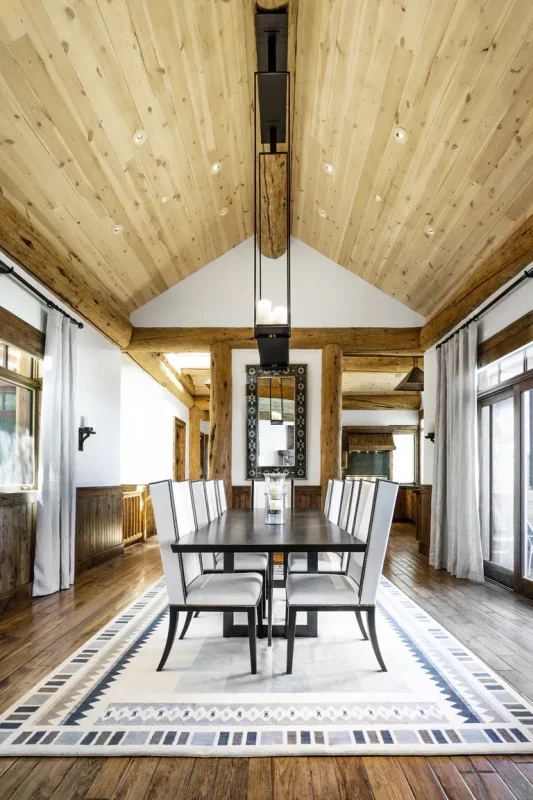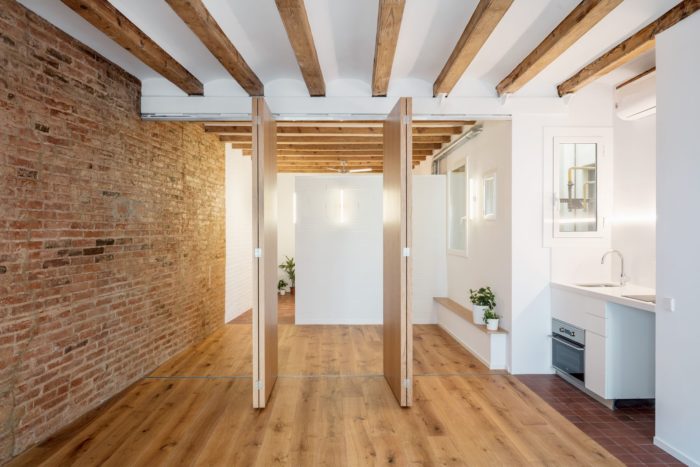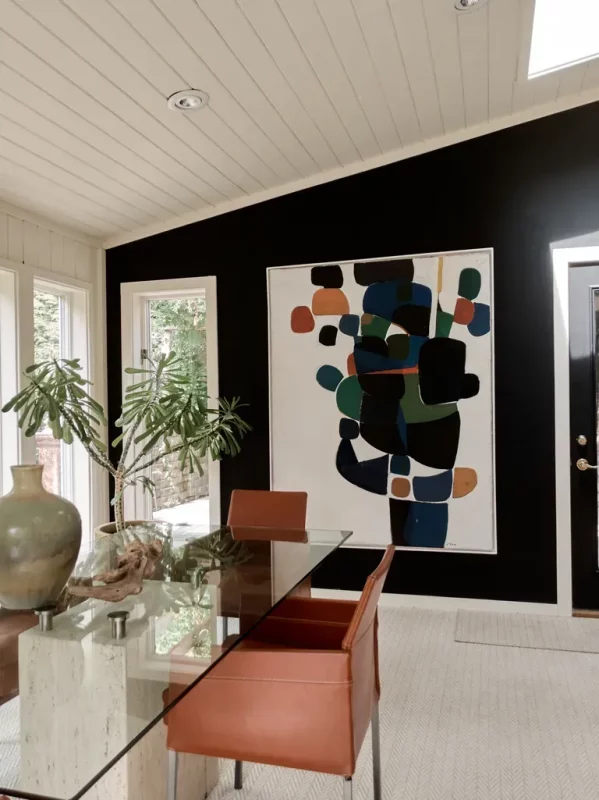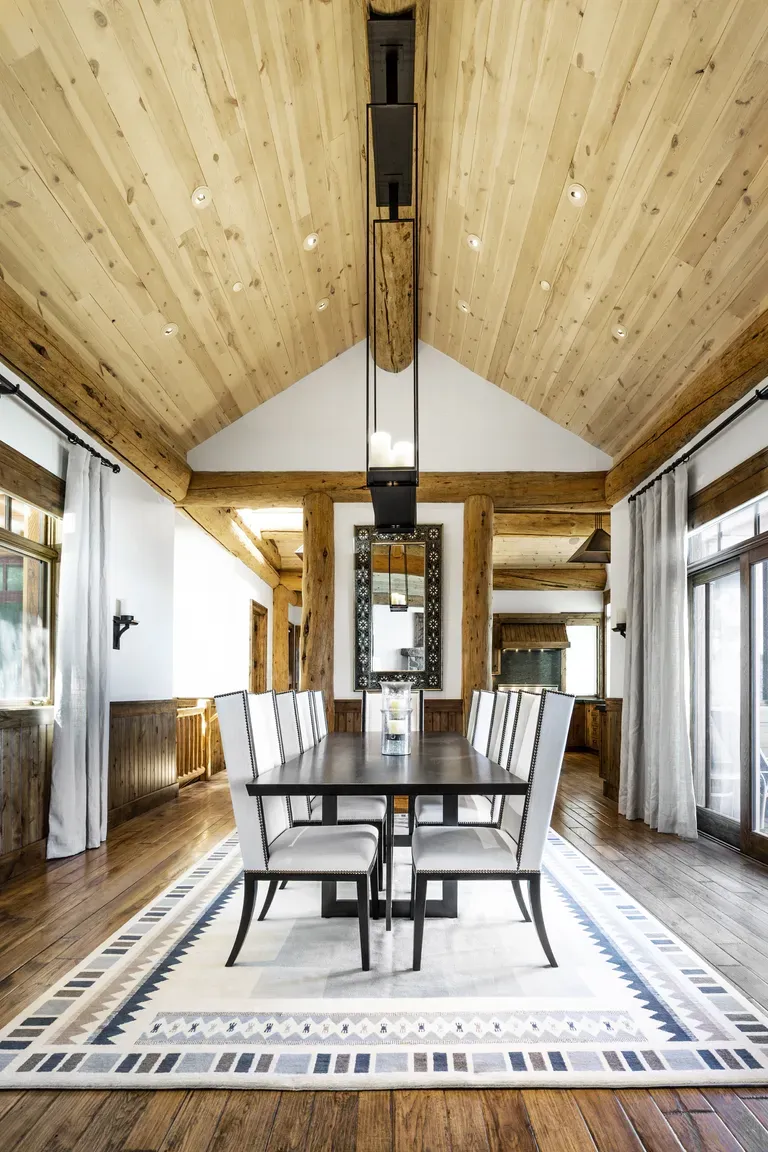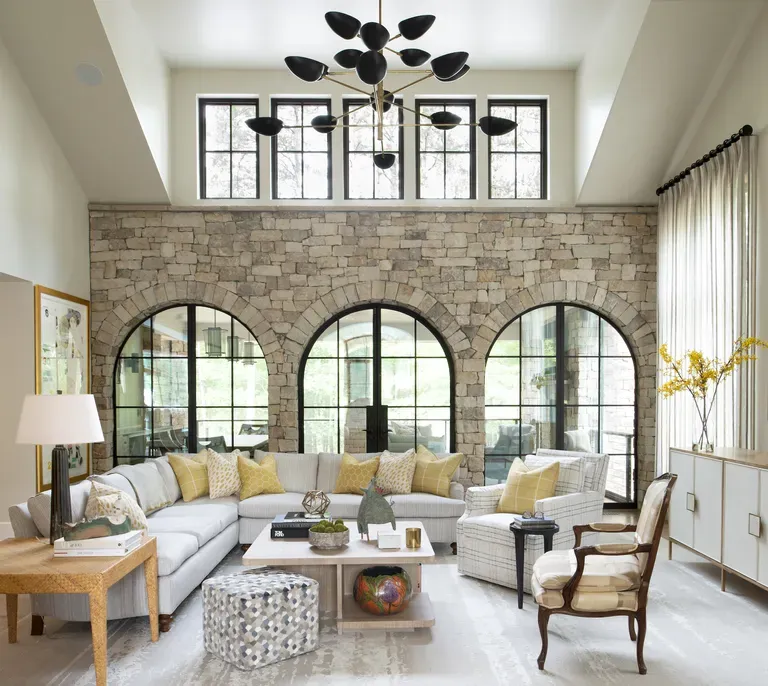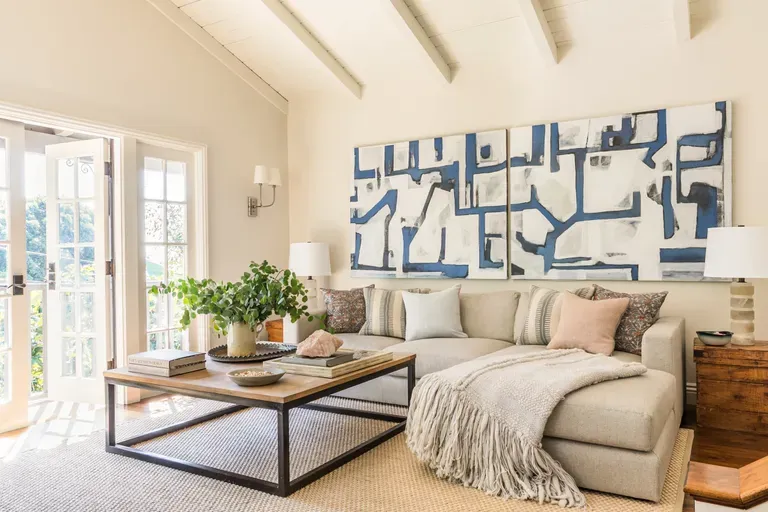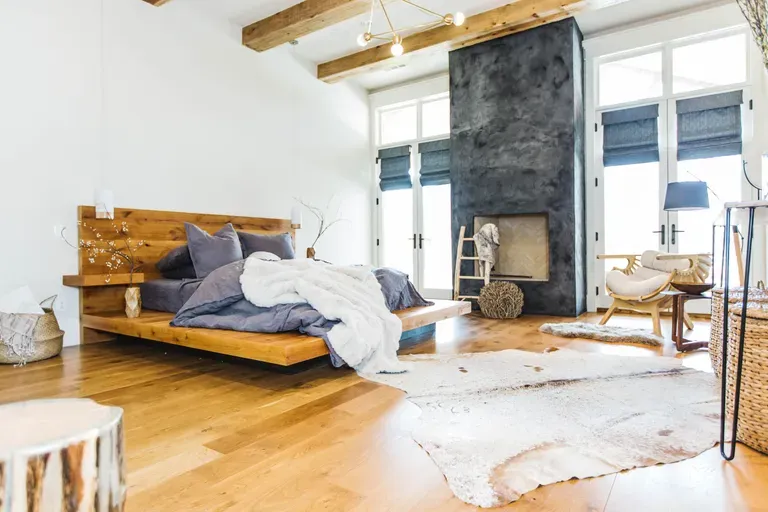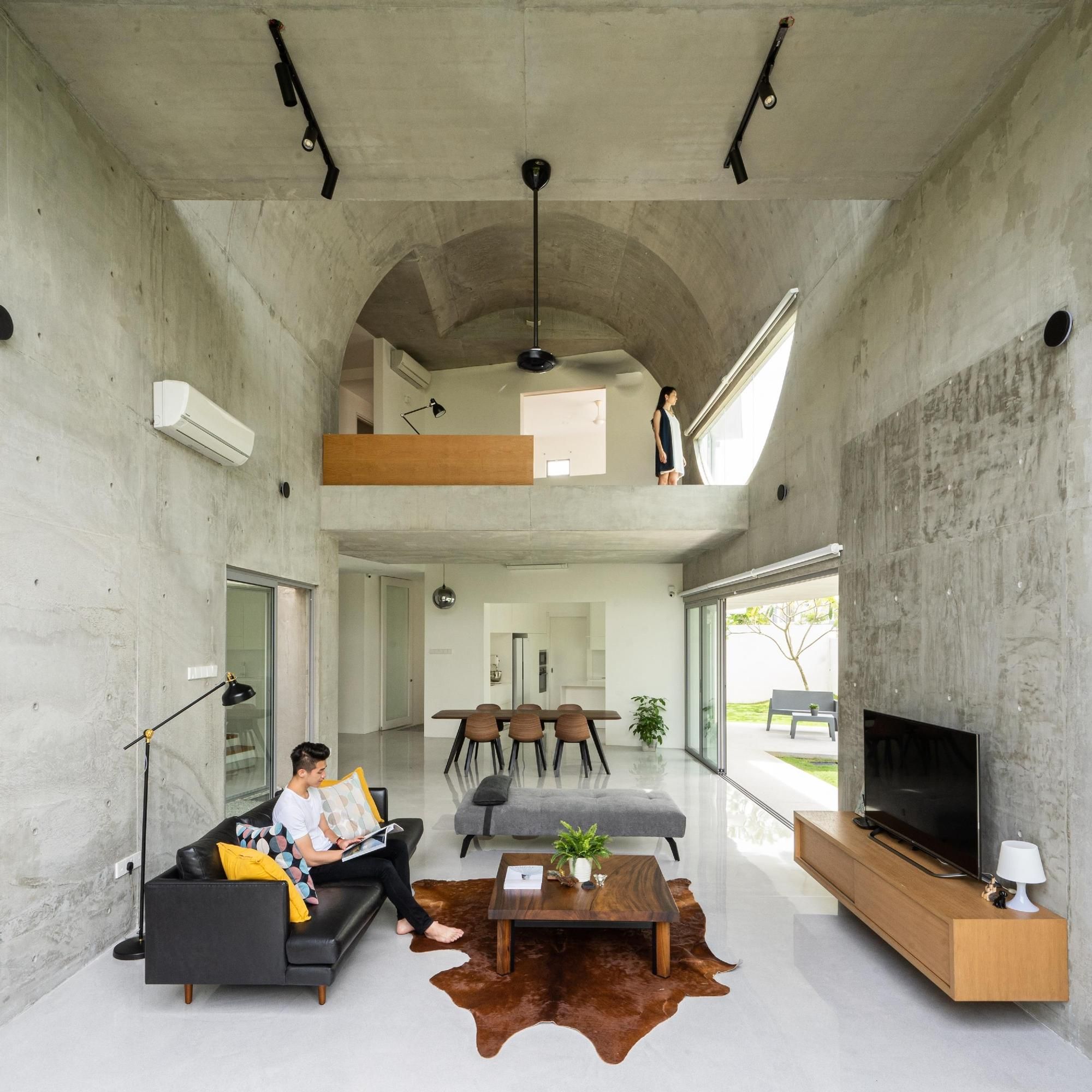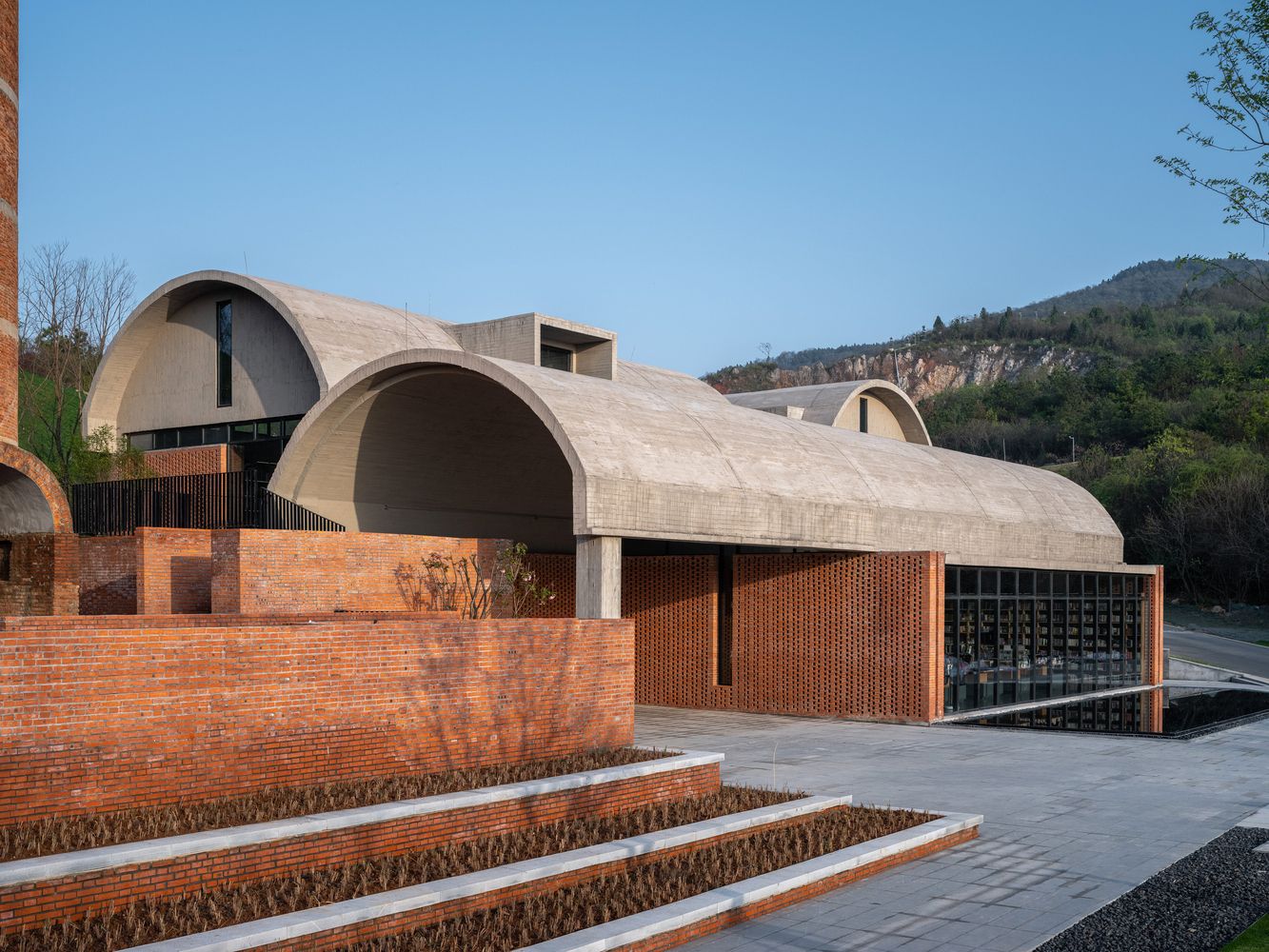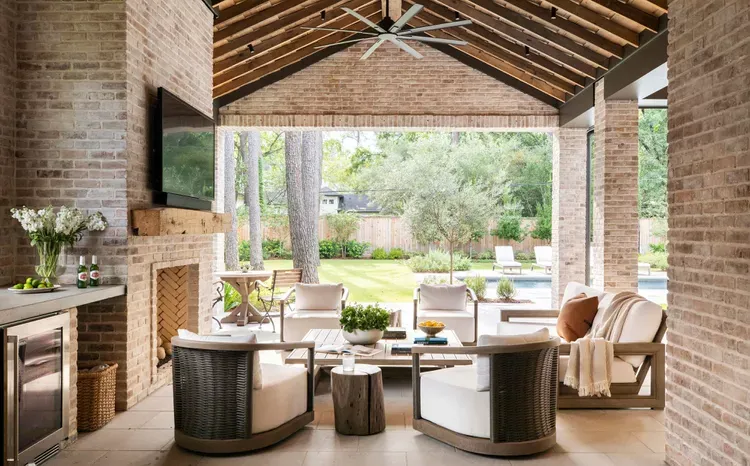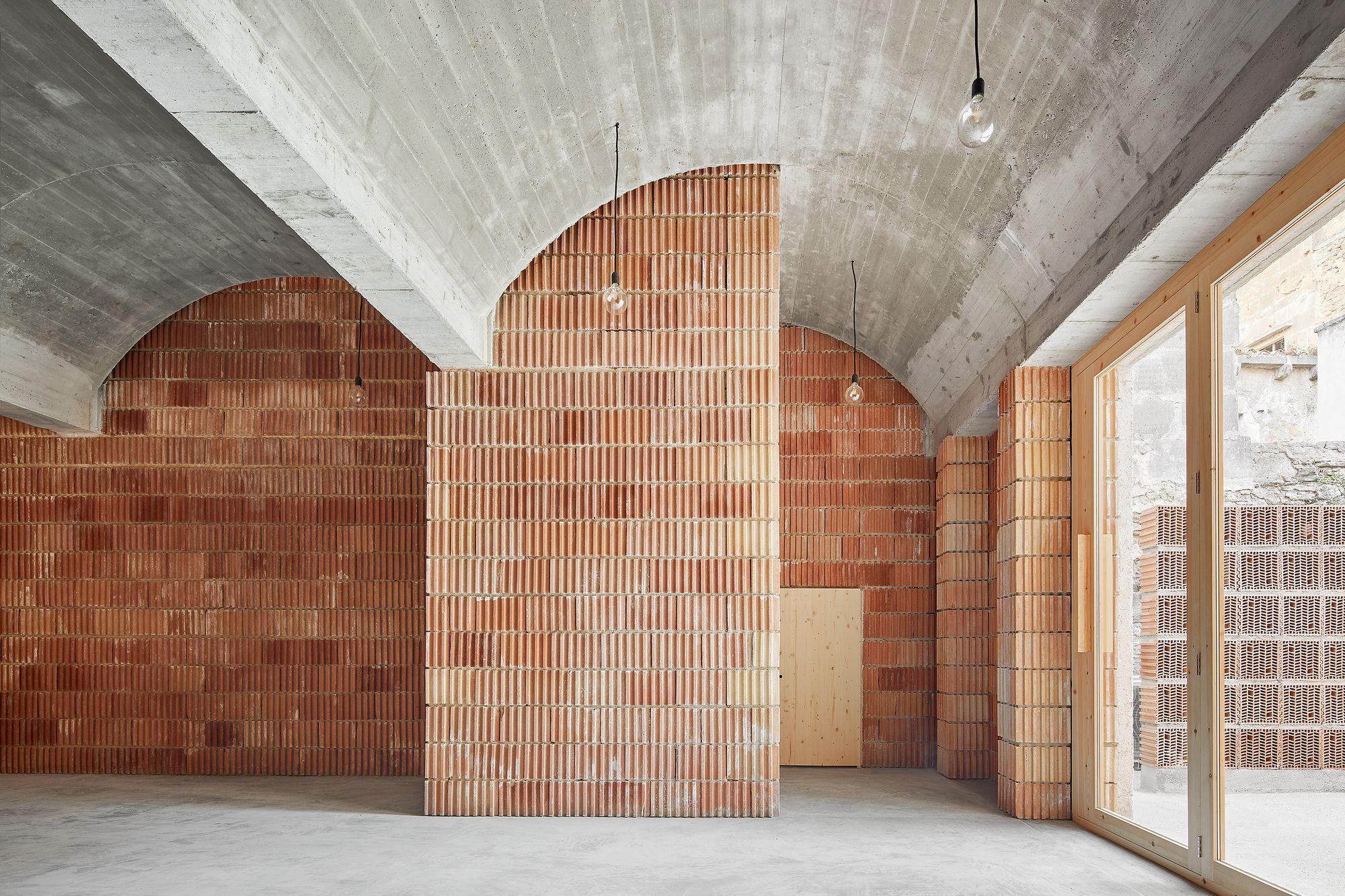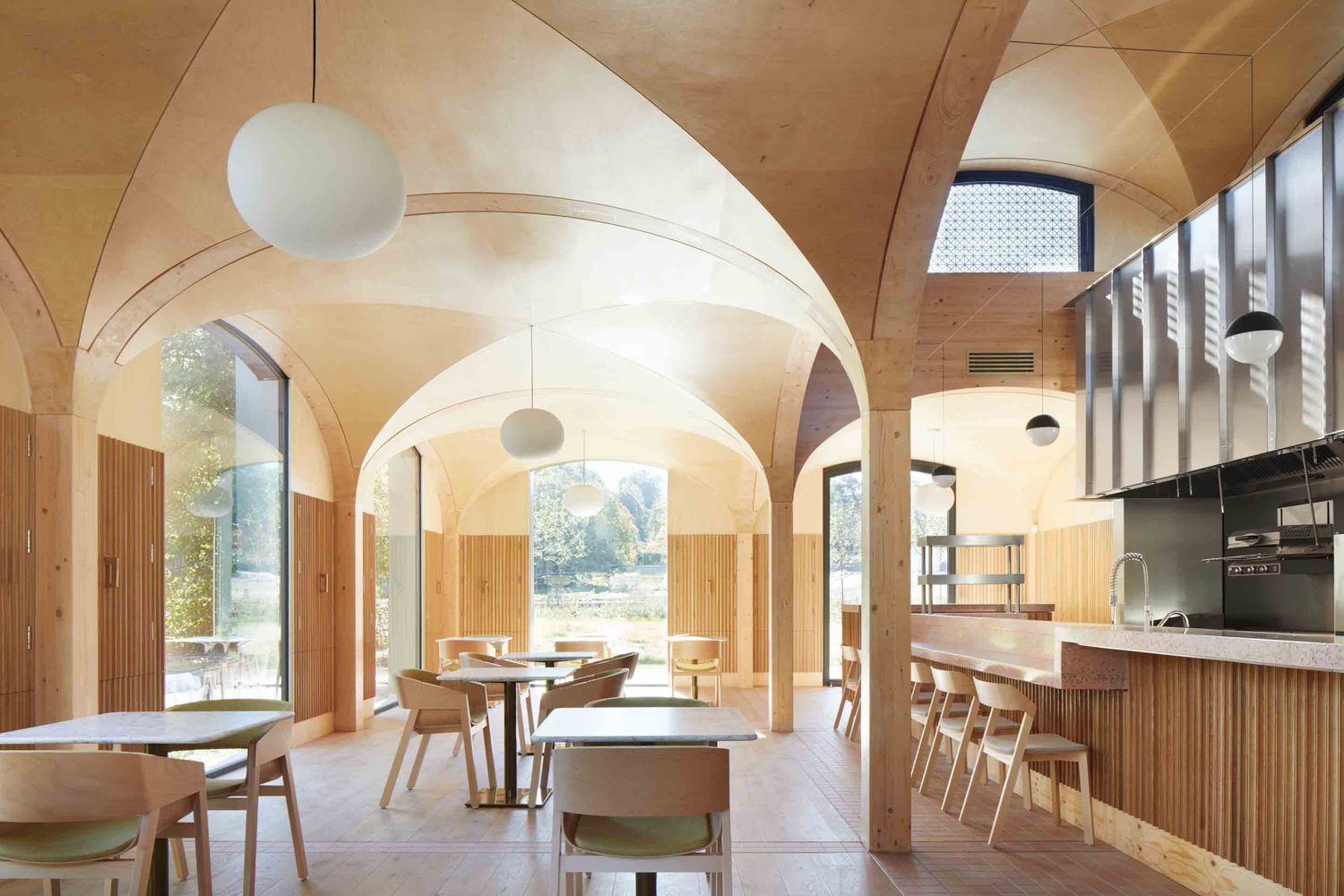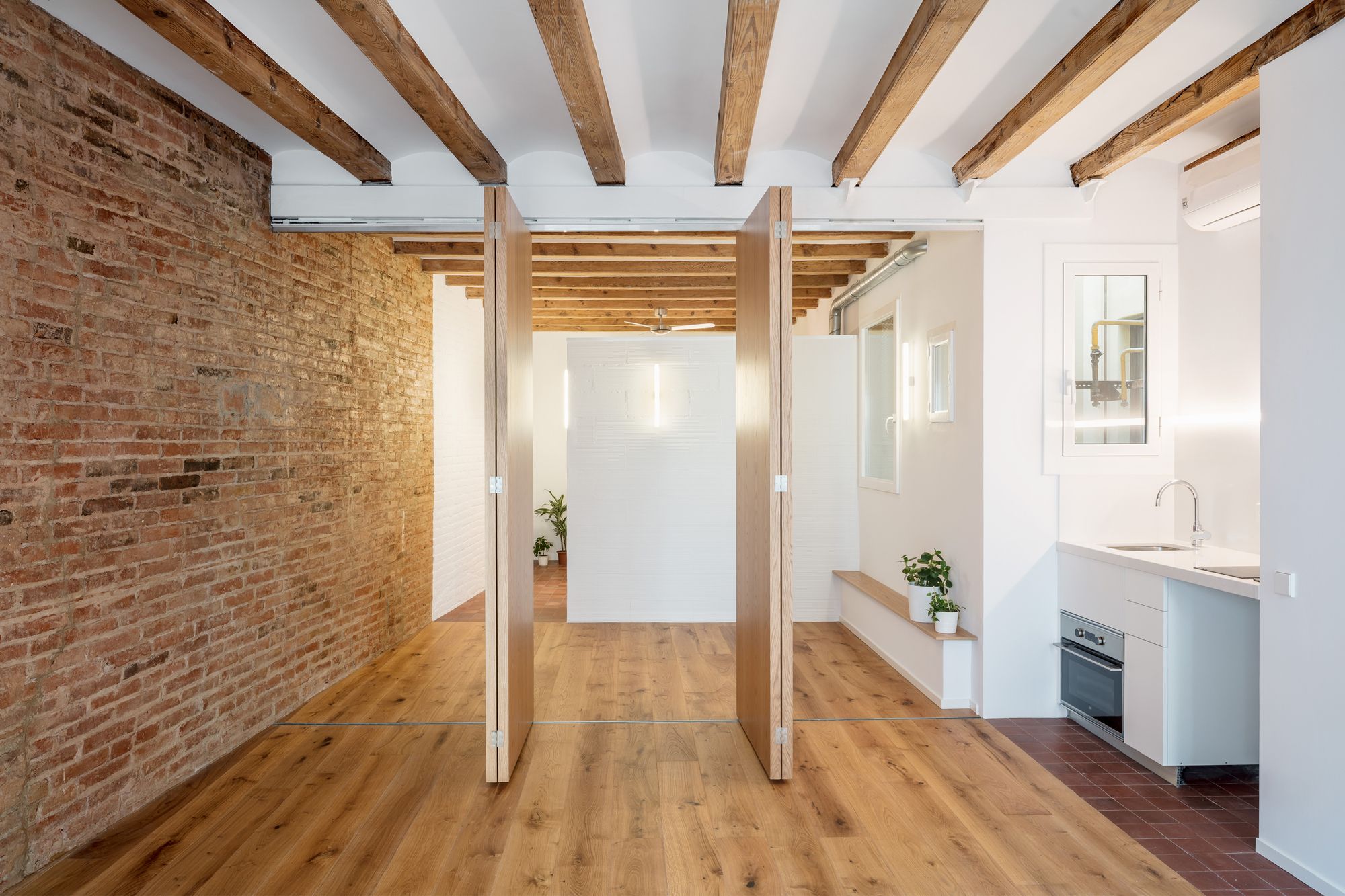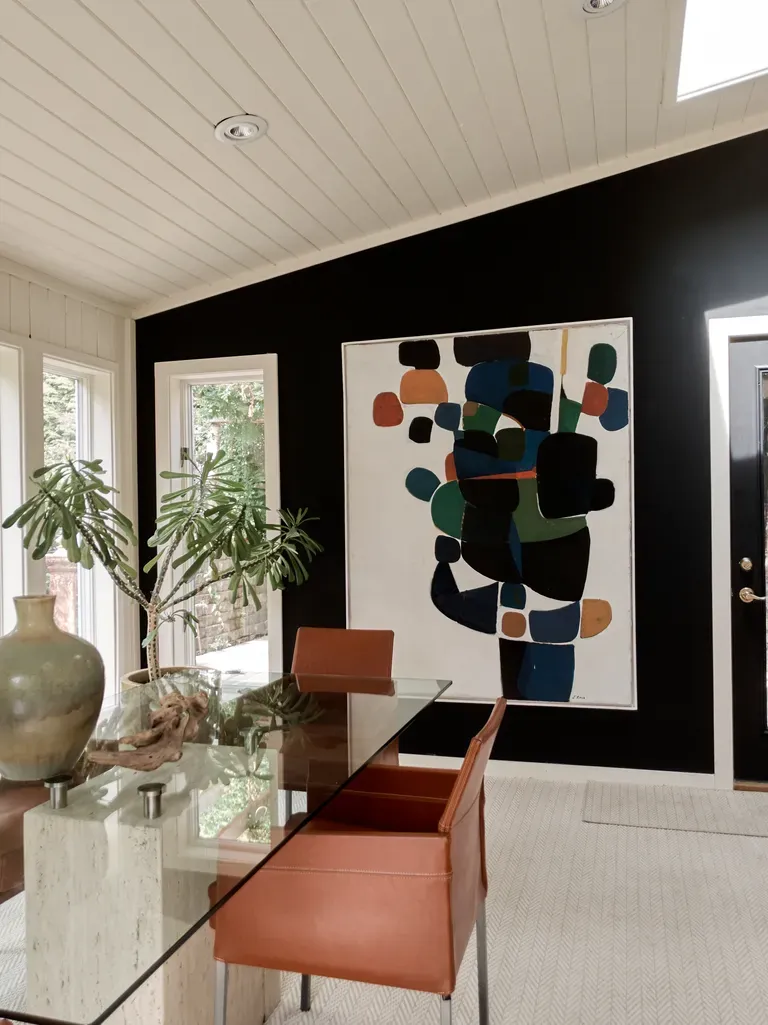Consider incorporating a vaulted ceiling if you want to add a touch of drama and magic to your home. These ceilings offer a departure from conventional ceiling designs and can give your home a unique and elegant ambiance. This article will explore what defines a vaulted ceiling, the style options available, and ways to design or decorate your ceiling. By the end, you’ll understand how to maximize your space and create a stunning focal point in your home.
1) What Is A Vaulted Ceiling?
A cathedral, or raised ceiling, is a unique architectural design. In this style, the ceiling is elevated and takes on the shape of an arch or dome, featuring an arched or curved form. This design creates a sense of spaciousness and height within a room. The vaulted ceiling is a type of ceiling that rises from the side walls towards a central point, creating an expansive overhead space. Although initially found in churches and basilicas, vaulted ceilings have evolved over the centuries and now grace traditional and modern homes. From a technical standpoint, any ceiling constructed with a self-supporting arch qualifies as a vaulted ceiling, offering a range of variations for diverse aesthetics.
2) What Is A Type Of Vaulted Ceiling?
There are several types of vaulted ceilings, each with a unique design and characteristics. Here are a few common styles:
- Barrel Vault: This type of ceiling has a consistent, semi-cylindrical shape reminiscent of a barrel’s interior. It creates a seamless, curved surface that spans the entire length of the room.
- Groin Vault: A groin vault, or a cross vault, is created when two barrel vaults intersect at a right angle, resulting in a pattern of arches or ribs commonly found in more intricate architectural designs.
- Ribbed Vault: A ribbed vault is a ceiling that has extra ribs or arches. These structural elements enhance the roof’s strength and its ornamental complexity.
- Dome Ceiling: A dome-shaped ceiling is often found in expansive settings such as churches, cathedrals, or grand halls. These ceilings generally feature elaborate designs, adding grandeur and architectural sophistication.
- Cove Ceiling: A cove ceiling is a type of vaulted ceiling that slopes upwards from the walls to create a curved transition. This type of ceiling has a concave shape and is often used for indirect lighting or as a decorative element in modern architectural designs.
3) Pros of Vaulted Ceilings
Vaulted ceilings come with various benefits, significantly elevating a space’s visual appeal and practicality. Here are some advantages of having vaulted ceilings:
- Create an open and spacious atmosphere, giving the illusion of a larger room and a grand touch.
- Enhance a space with its arched shape, introducing a unique design element that can act as a focal point.
- The heightened ceiling further improves air circulation and ventilation, enhancing comfort and freshness in the space.
- Disperse sound waves, minimizing echo and fostering a balanced acoustic environment. This makes them superior to standard flat ceilings.
- You can add architectural touches, exposed beams, decorative molding, or other elements to enhance the ceiling’s beauty.
4) Cons of Vaulted Ceilings
- Elevated ceilings increase the room volume and energy costs for heating or cooling.
- The height and slope of vaulted ceilings complicate maintenance tasks like painting, cleaning, and changing light bulbs.
- Vaulted ceilings can make arranging furniture and design space difficult due to awkward room proportions, particularly in smaller areas.
- Constructing or renovating a vaulted ceiling can be more expensive due to its complexity and the potential need for specialized materials or labor.
- Maintenance and cleaning can be challenging in spaces with limited wall area. The sloping or curved design of vaulted ceilings reduces the available area for hanging artwork or storage.
5) Things To Keep In Mind When Designing Vaulted Ceilings
Designing interiors can be a fun and rewarding process. Here are some tips to help you create a stylish and harmonious space:


